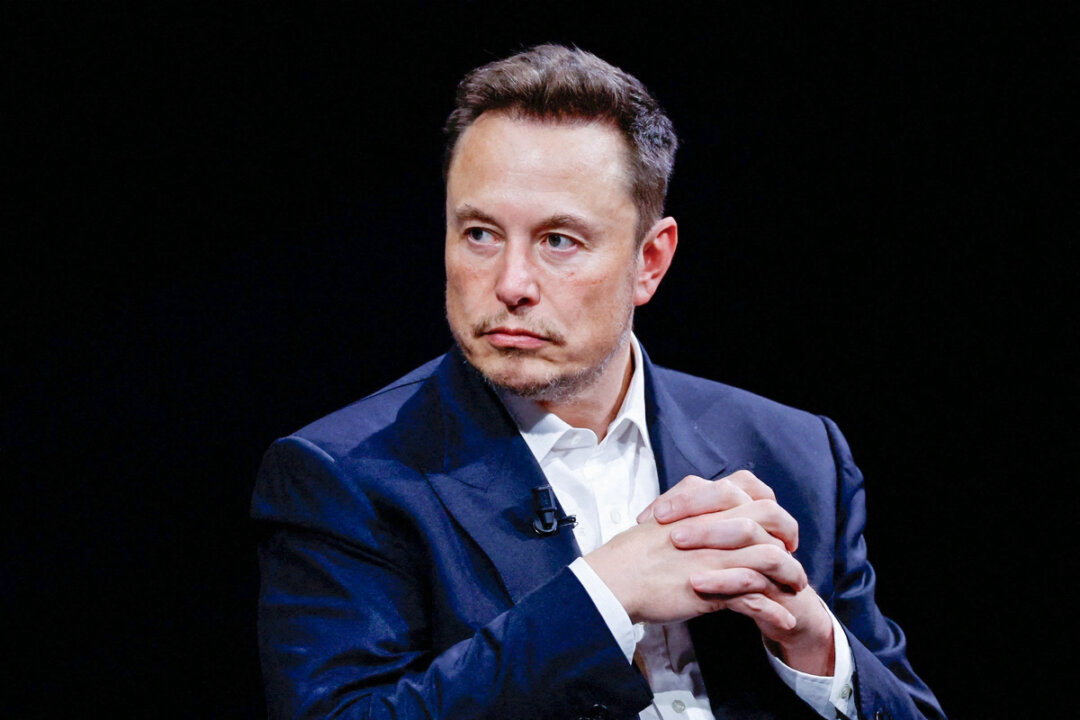The federal government spent $6.75 trillion in fiscal year 2024, causing a $1.8 trillion deficit.
Elon Musk, whom President-elect Donald Trump tapped to lead a task force to slash government spending, has downsized an ambitious goal of cutting at least $2 trillion from the federal budget.
In a Jan. 8 conversation broadcast on X, a platform Musk owns, the billionaire tech entrepreneur told political strategist Mark Penn that the $2 trillion figure represents the most optimistic outcome.
“If we try for $2 trillion, we’ve got a good shot at getting one [trillion dollars],” Musk told Penn, a former adviser to President Bill Clinton.
“And if we can drop the budget deficit from $2 trillion to $1 trillion and kind of free up the economy to have additional growth—such that the output of goods and services keeps pace with the increase in the money supply—then there will be no inflation,” he said. “So that, I think, would be an epic outcome.”
Musk’s tempered expectations come just two weeks before Trump’s inauguration for his second term. The president-elect has appointed Musk and former presidential primary contender Vivek Ramaswamy to lead the Department of Government Efficiency (DOGE), an independent advisory body tasked with identifying ways to reduce cost, streamline regulations, and trim the federal workforce.
The plan is for DOGE to work with the Office of Management and Budget and make recommendations for the president and possibly Congress. Musk and Ramaswamy would have less than two years to complete their work since DOGE has an expiration date of July 4, 2026—the 250th anniversary of the founding of the United States—to prevent itself from becoming another example of government inefficiency.
For fiscal year 2024, the federal budget stands at $6.75 trillion, with about $4.65 trillion stemming from Social Security, Medicare, national defense, and veterans’ benefits, in addition to interest on the $36 trillion national debt. Trump has already ruled out significant cuts to Social Security and Medicare, limiting the areas where reductions can be made.
Musk, who first introduced the $2 trillion target during a pre-election rally at New York’s Madison Square Garden, now acknowledges there are systemic challenges that make cost-saving difficult, even for well-intentioned government officials.
“It’s very, very hard for people to care about spending someone else’s money,” he told Penn. “Actually, I know people in the government who do care about—just as a matter of principle—spending money effectively. And they try to do so, and they can’t. The system prevents them from doing so.”
Meanwhile, in Congress, efforts to reduce federal expenditures have consistently faced obstacles.
In September 2024, as he does every year, Sen. Rand Paul (R-Ky.) proposed cutting six cents from every dollar projected to be spent over the next five years. This “Six Penny Plan” would cut $329 billion in the first year beginning October 2025, but the measure was defeated in a 39–56 vote.

